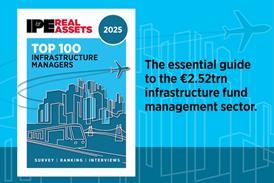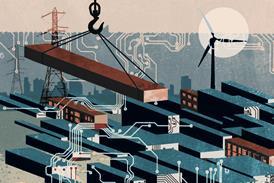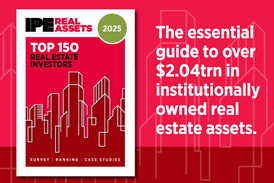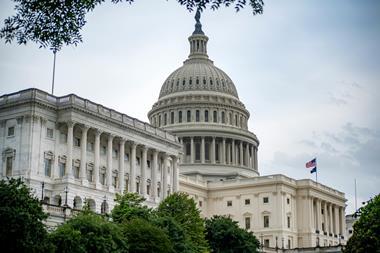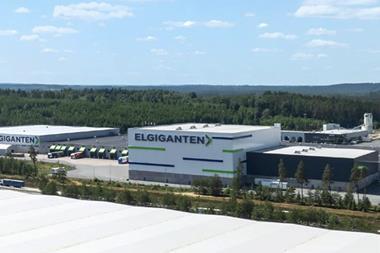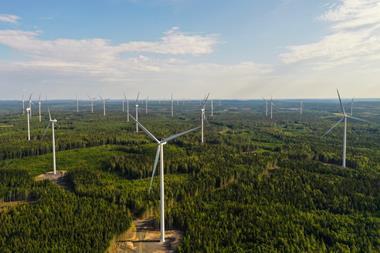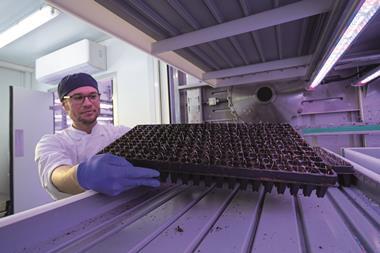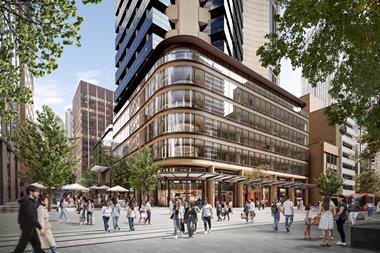The January/February 2021 edition of IPE Real Assets explores ESG and net zero
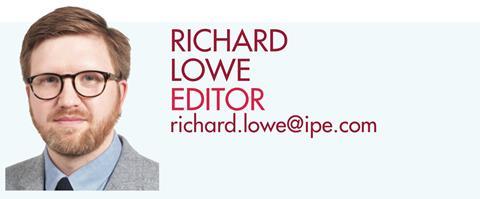
During COP26 in Glasgow last year, the 67-acre King’s Cross Estate in London, owned by AustralianSuper, BT Pension Scheme and developer Argent, announced that it had become carbon neutral.
The massive regeneration project in London – which over two decades has replaced dilapidated warehouses and unused railway track with modern tech offices and sundry eateries and amenities – timed the announcement with the climate summit’s first-ever dedicated built-environment day.
Energy supplies to King’s Cross are now 100% renewable, through green tariffs and direct agreements with energy providers. Electricity is procured from REGO-certified green electricity tariffs and gas is supplied by an anaerobic digestion facility in Scotland, alongside green gas certificates.
By switching to 100% renewable gas and electricity, King’s Cross is avoiding 19,729 tonnes of carbon dioxide (CO₂) equivalent per annum being released into the atmosphere. But the estate is also offsetting 100% of its past embodied and operational emissions. Past emissions totalling 174,145 tonnes of CO₂ equivalent have been offset through two third-party verified carbon-offsetting projects.
All embodied carbon from new and future buildings on the estate will be offset through the creation of new UK forests. King’s Cross is purchasing about 338 hectares of pastureland where more than 600,000 trees will be planted. The new forests will be capable of removing about 153,000 tonnes of CO₂ from the air over the next 60 years.
“All those put together give us a really good platform to be carbon neutral,” says Paul Clark, senior investments director at AustralianSuper, which is the biggest shareholder in King’s Cross, owning 70%. “Looking back from all the development that’s gone on so far over the last decade or so gives us a really good platform to then address the zero-carbon agenda going forward.”
Clark, the former CIO of the Crown Estate, was hired just over a year ago to run AustralianSuper’s European real estate programme, which today is centred singularly on King’s Cross. In the latest edition of IPE Real Assets, he outlines what Australia’s largest superannuation fund might do next in the UK and, potentially, in continental Europe.
AustralianSuper, like nearly all major institutional investors and investment managers, has net-zero targets. We look at the challenges and choices facing investors and fund managers – a situation made all the harder by gaps in information and pressure (both commercially and because of the time-sensitive nature of the subject) to set targets when further analysis might be needed before making hard commitments.
“We’d rather under-promise and over-deliver,” says Andy Szyman, head of sustainability at BMO Real Estate Partners. “We could say we’ll do it by 2030, but I think it’s very important to look at the underlying details. The data is poor; I want more audits, more granularity, more authenticity. People have gone out and made statements about fine-sounding targets. I’m not sure on the degree to which they are realistic.”
The King’s Cross Estate’s initiative to offset carbon emissions by planting trees ties into another theme we explore: the growing importance of forestry. Companies and investors are converging on the sector for multiple reasons: the aforementioned potential to offset carbon emissions; growing demand for timber products that can provide climate-friendly materials for industries ranging from construction to fashion; and institutional investors’ ongoing diversification into alternative income-producing assets.
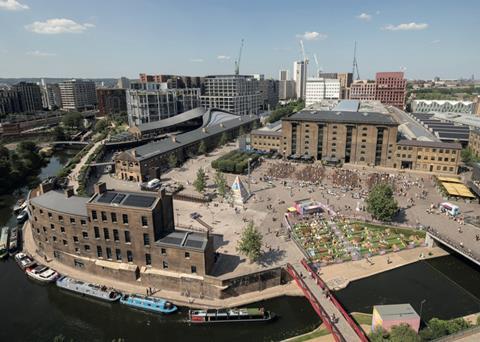
King’s Cross has switched to 100% renewable energy, and we look at the race among some of the largest investors and fund managers to make renewables the dominant source of the world’s energy. The past 10 years have witnessed huge growth – both in terms of the energy-market share of renewables and institutional allocations to what was once an emerging asset class.

Renewables accounted for 38% of global total installed electricity capacity in 2020 – and by 2025 it will become the largest source of electricity generation. But to reach global net-zero targets by 2050 requires more than just building more wind farms and solar parks; it calls for innovation and further development of energy storage, such as batteries and hydrogen technology.
Quinbrook Infrastructure Partners is developing what will be one the largest solar-plus-storage projects in the UK. Co-founder and managing partner David Scaysbrook says current technology typically allows for four hours of economically feasible storage duration. “We need 10 hours at a competitive cost. If we can come close to solving that problem, we will be on our way to having 24-seven renewable energy in many places around the world.”


